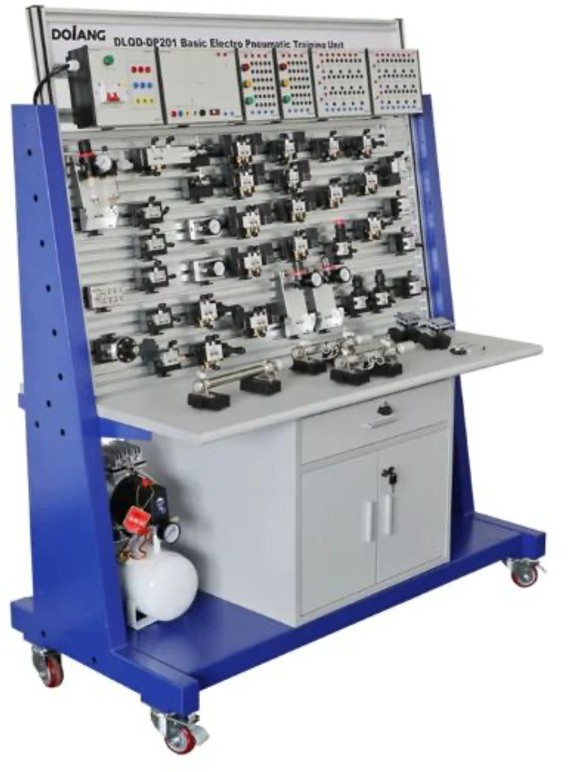Providing technical training for employees is crucial for organizations to develop a strong foundation of technical knowledge required to excel in their roles and stay up-to-date with the latest innovations. By investing in technical training, employees will become equipped to handle their technical responsibilities with greater efficiency and effectiveness. The more employees engage in technical training, the more proficient they will become in handling their technical duties.
The Concept Of Technical Training
Technical training is a process aimed at enhancing employees’ knowledge and skills in specific technical areas relevant to their roles. It involves imparting theoretical and practical knowledge, as well as teaching employees how to apply that knowledge in real-world scenarios. The concept of technical training emphasizes the importance of staying updated with the latest advancements in technology and equipping employees with the necessary expertise to handle technical responsibilities effectively. Through technical training, employees gain the confidence and competence to tackle complex technical challenges, contributing to their personal growth and the overall success of the organization.
Benefits Of Technical Training To An Organization
Technical training offers several benefits to an organization. Firstly, it helps to build a highly skilled and competent workforce. By providing employees with specialized technical knowledge and skills, organizations can ensure that their staff members are equipped to handle complex tasks and challenges. This, in turn, improves the overall efficiency and productivity of the organization, as employees can perform their roles with greater expertise and confidence.
Secondly, technical training promotes innovation and adaptation to technological advancements. In today’s rapidly evolving technological landscape, it is crucial for organizations to stay updated and embrace new technologies. Technical training enables employees to stay informed about the latest developments in their field and encourages them to explore innovative solutions. This can lead to improved processes, increased efficiency, and a competitive advantage for the organization.
Overall, technical training not only improves the skills and knowledge of employees, but also fosters a culture of continuous learning and growth within the organization. By investing in technical training, a CNC company can set itself up for long-term success and stay ahead of the competition in the increasingly competitive CNC machining market.
Creating Effective Technical Training In Your Organization.

Creating effective technical training in your organization requires careful planning and execution. Here are some key steps to consider:
- Identify training needs: Start by identifying the specific technical skills and knowledge gaps within your organization. Conduct a thorough needs analysis to determine the areas where training is needed the most.
- Set clear objectives: Define clear and measurable objectives for the training program. What specific skills or knowledge do you want employees to gain? Setting clear goals will help focus the training efforts and ensure alignment with organizational needs.
- Develop a comprehensive curriculum: Design a curriculum that covers all relevant technical topics and skills. Break down the content into manageable modules or courses, ensuring that it is structured in a logical and progressive manner.
- Utilize various training methods: Incorporate a variety of training methods to engage different learning styles. This may include hands-on exercises, simulations, online modules, workshops, or instructor-led sessions. Mix and match methods to create an interactive and dynamic learning experience.
- Provide practical application opportunities: Reinforce learning by providing opportunities for employees to apply their newly acquired skills in practical scenarios. This can be done through real-life projects, case studies, or job rotations.
- Assess learning outcomes: Regularly assess and evaluate the effectiveness of the training program. Use quizzes, tests, or practical assessments to gauge employees’ understanding and proficiency. Gather feedback from participants to identify areas for improvement.
- Foster a learning culture: Encourage a culture of continuous learning and professional development within your organization. Support employees’ growth by providing access to resources, mentorship programs, or further educational opportunities.
Remember, effective technical training is an ongoing process. Continually review and update your training program to stay in tune with technological advancements and evolving organizational needs. By investing in effective technical training, your organization can equip employees with the necessary skills to drive innovation and stay competitive in today’s fast-paced world.
Conclusion
By incorporating these advanced tools into vocational training system, the process of producing a skilled technical training is crucial for both organizations and individuals to remain relevant in today’s competitive market. From an organizational perspective, having well-trained staff reduces risks and increases efficiency, giving the company a competitive advantage.
To stay ahead, organizations must provide timely and well-organized training programs that leverage new technologies and innovations. This allows for streamlined operations, reduced costs, and increased profitability. Different types of technical training programs, such as group training, on-the-job training, classroom-style training, and peer-led training, can be utilized based on their effectiveness in achieving desired outcomes.
For individuals, technical training equips them with the knowledge and skills necessary to excel in their roles. It enhances their professional growth and opens up opportunities for career advancement. By investing in technical training, individuals can stay up-to-date with industry trends and remain valuable assets to their organizations.
In conclusion, technical training is essential for both organizations and individuals. It ensures relevance, reduces risk, increases efficiency, and promotes growth in an ever-changing market. By embracing and investing in technical training, organizations and individuals can thrive in today’s competitive landscape and achieve long-term success.






